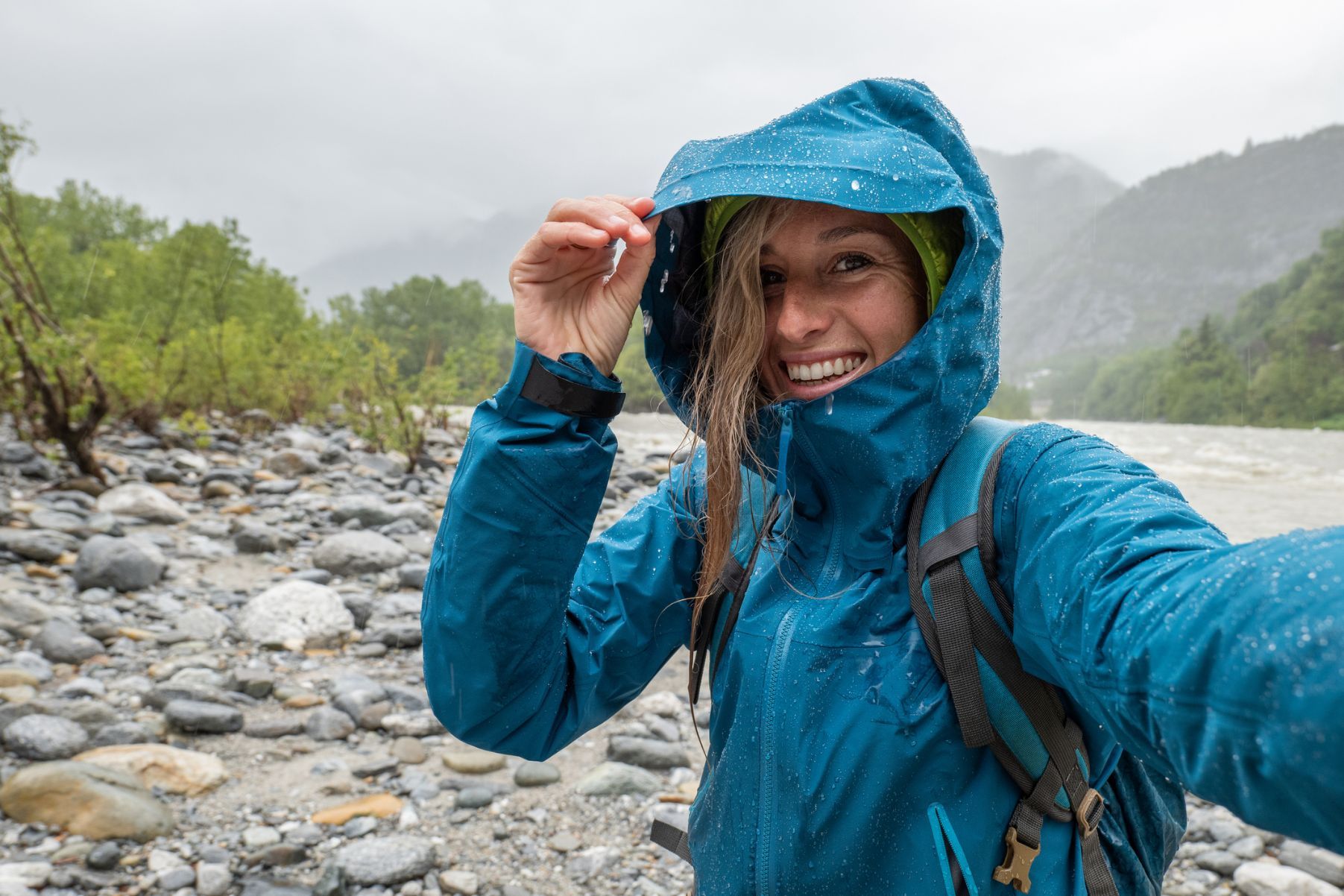Have you ever noticed that a large component of adventuring is about misadventures? About being too hot or too cold; about being physically and emotionally exhausted by that pre-dawn slog to the summit. It’s these misadventures that lodge themselves in your memory, bringing a smile to your face as you recount them by the campfire.
These sweaty, uncomfortable moments are what we call ‘type two fun’. And despite the fact that they sort of suck at the time, they in no way dampen our desire for adventure. In fact, they seem to intensify it. We wanted to find out why, so we asked psychologist Michael Rucker and explorer Belinda Kirk for their thoughts. They talked us through how these moments of discomfort can benefit us in the long run, and why we should embrace type two fun.
What is Type Two Fun?
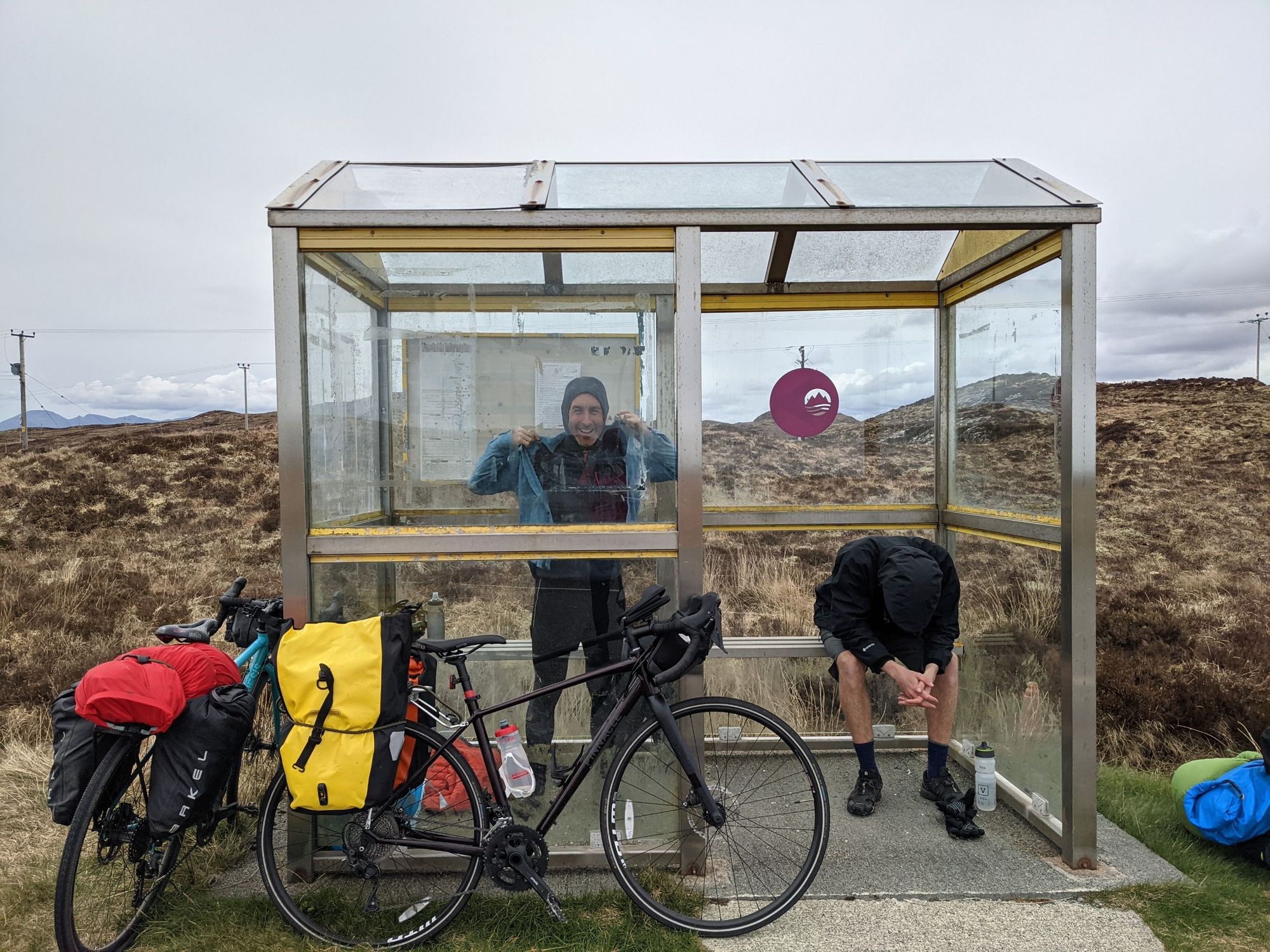
In 1985, a geology professor and mountaineer named Rainer Newberry created ‘the fun scale’, which was passed from one friend to another until it became a frequently-used phrase in the adventure sports industry. Newberry’s fun scale consists of three different types of fun:
Type I Fun
This is fun that’s enjoyable as it’s happening, but not particularly challenging. Examples might include enjoying a meal with friends, wild swimming on a sunny day, or a day hike among beautiful scenery.
Type II Fun
Activities that aren’t fun while they’re happening, but fun in retrospect. Examples we’ve endured include getting lost in dense fog on a mountain in Snowdonia, having our hiking boots break in the Pyrenees, and cycle rides so intensely difficult that we almost puked with exhaustion.
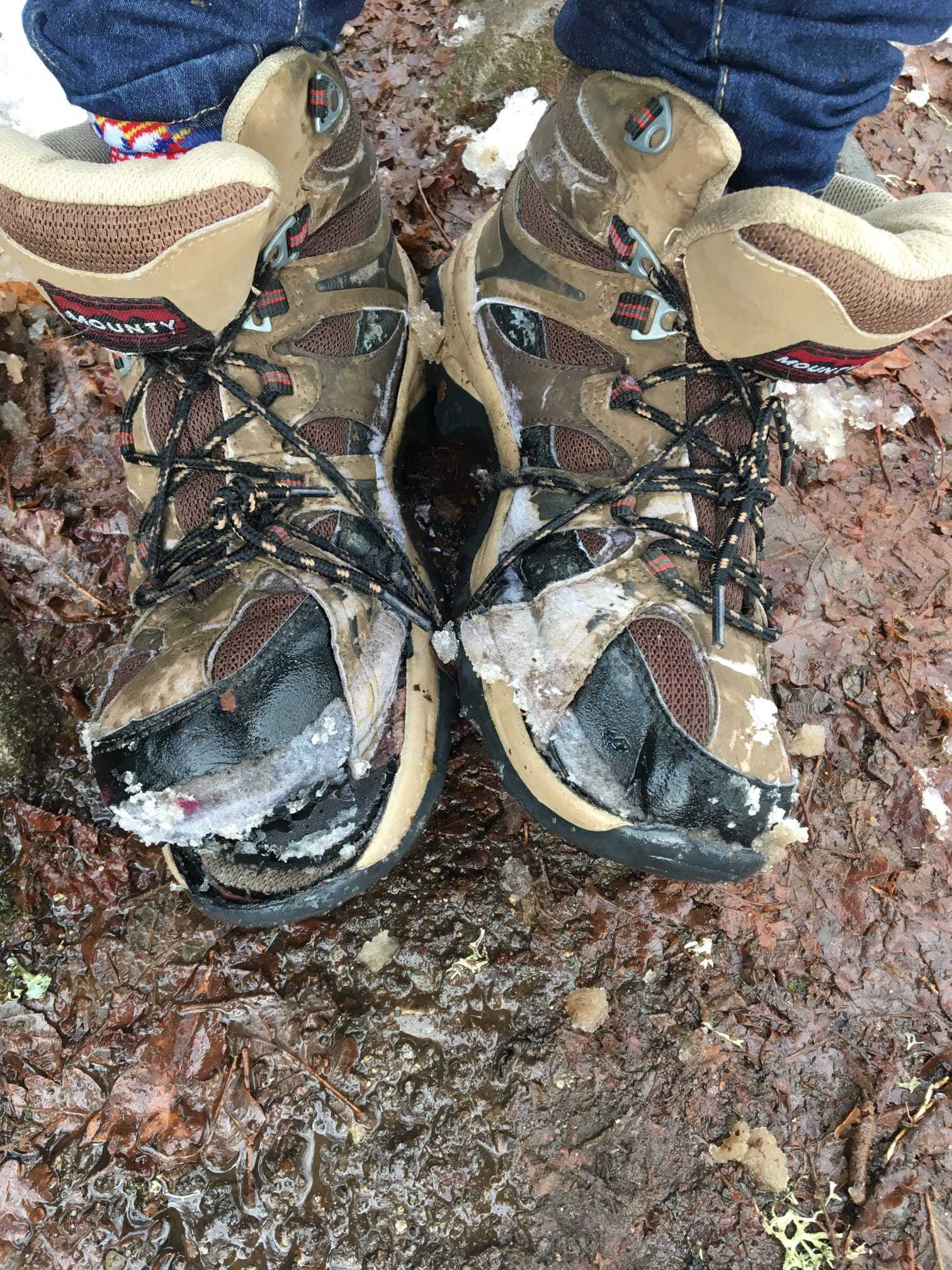
Type III Fun
This isn’t really fun at all, not even in retrospect. ‘Doomed’ and ‘harrowing’ are more accurate descriptors. Examples might include Ernest Shackleton’s failed polar expeditions, being shipwrecked or getting caught in an avalanche. It’s a definition that Michael Rucker, an organisational psychologist and author of the upcoming book, The Fun Habit, says he struggles with.
“If there’s something that's never viewed ever as being fun, why would you put 'fun' as a classifier?” he asks.
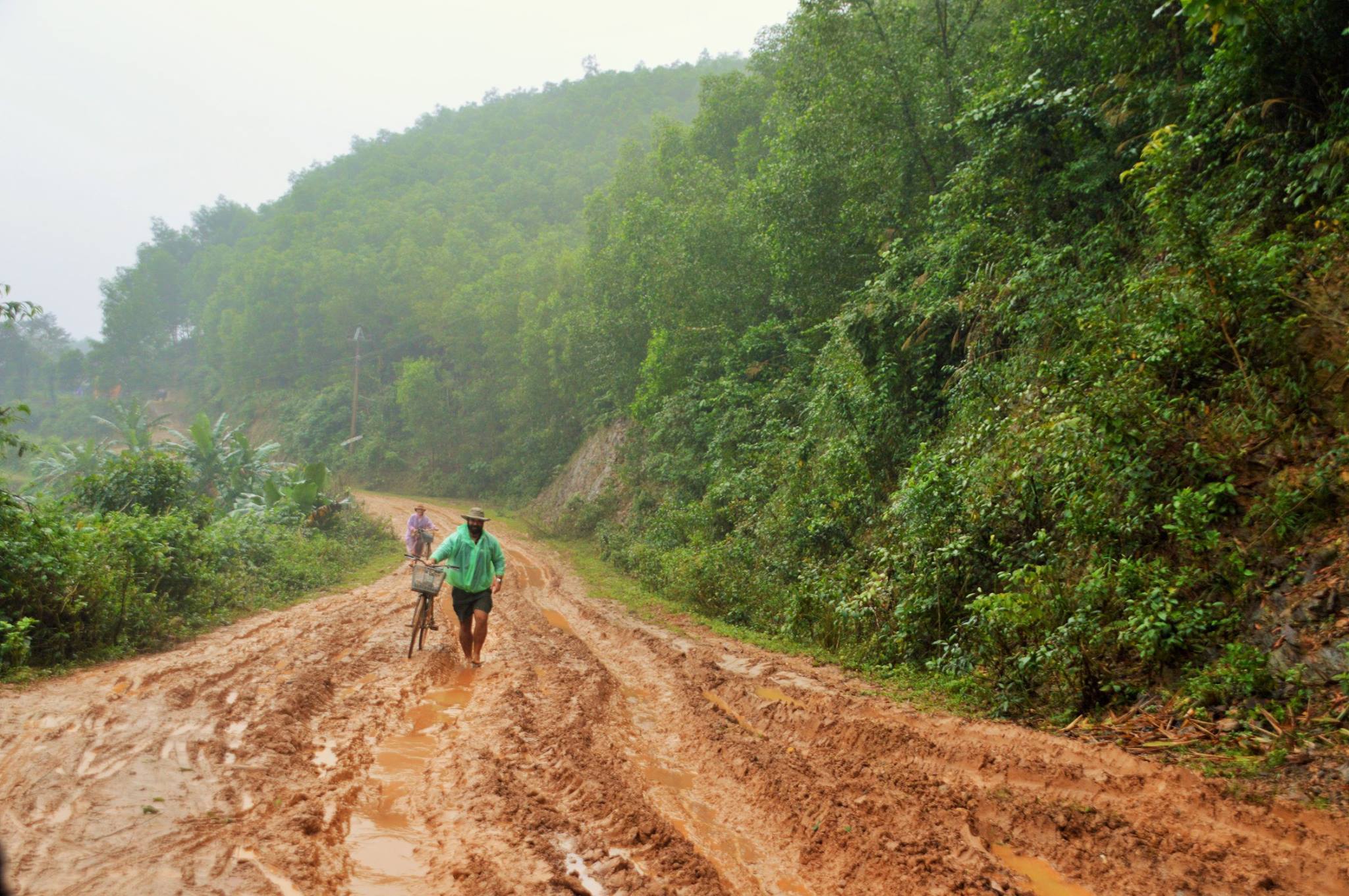
“Where all these definitions get sticky is that it really is unique to the individual. We all have different tastes,” he adds. “A sport I have an affinity for is surfing. It's a good measuring stick for what we're trying to get into. Because for some, the fear of drowning is going to make it always type three. But some people don't have that fear, and might even describe surfing as a spiritual experience.”
In other words, people have highly individual responses to certain activities. One person’s type three fun might be another’s type one fun. Even the word “fun” itself is incredibly subjective - everyone from academics to adventurers has their own unique understanding of it.
Mike defines fun as an “action orientation” - taking a decisive action which results in a mental or behavioural change. The behavioural change from engaging in type one fun will be feeling positive emotions, such as joy or contentment. What people get out of engaging in type two fun is slightly more complex, but even more important.
Stepping Outside of Your Comfort Zone
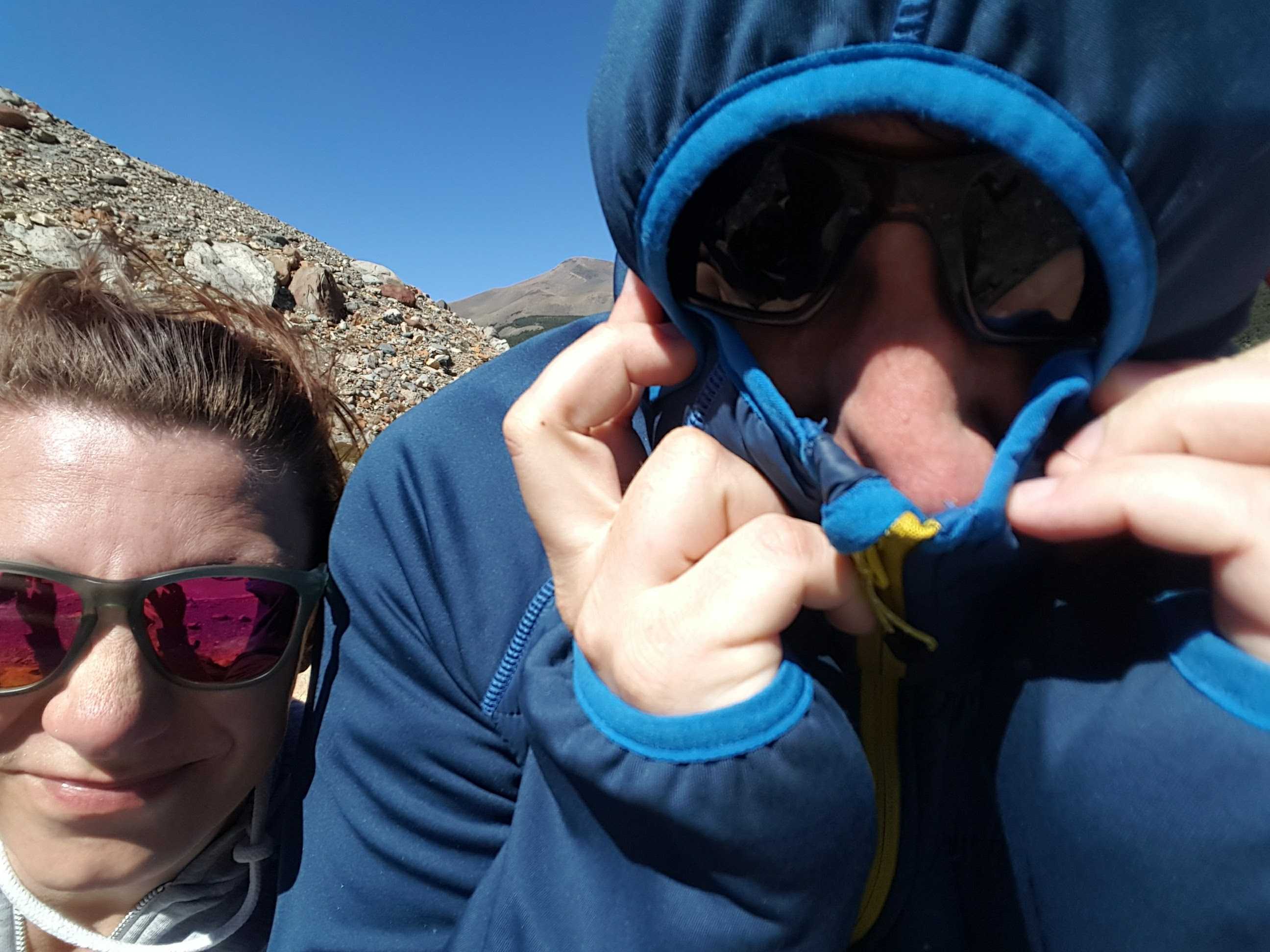
Belinda Kirk has made a career out of being cold, wet and muddy. She’s an advocate for engaging in type two fun whenever possible. Her book, Adventure Revolution: The Life-Changing Power of Choosing Challenge, explores benefits people derive from doing so.
“Even though it's difficult at the time, you get that sense of achievement from type two fun,” she says. “There's the sense of a victory hard won, something that you don't get if you just take the easy route.”
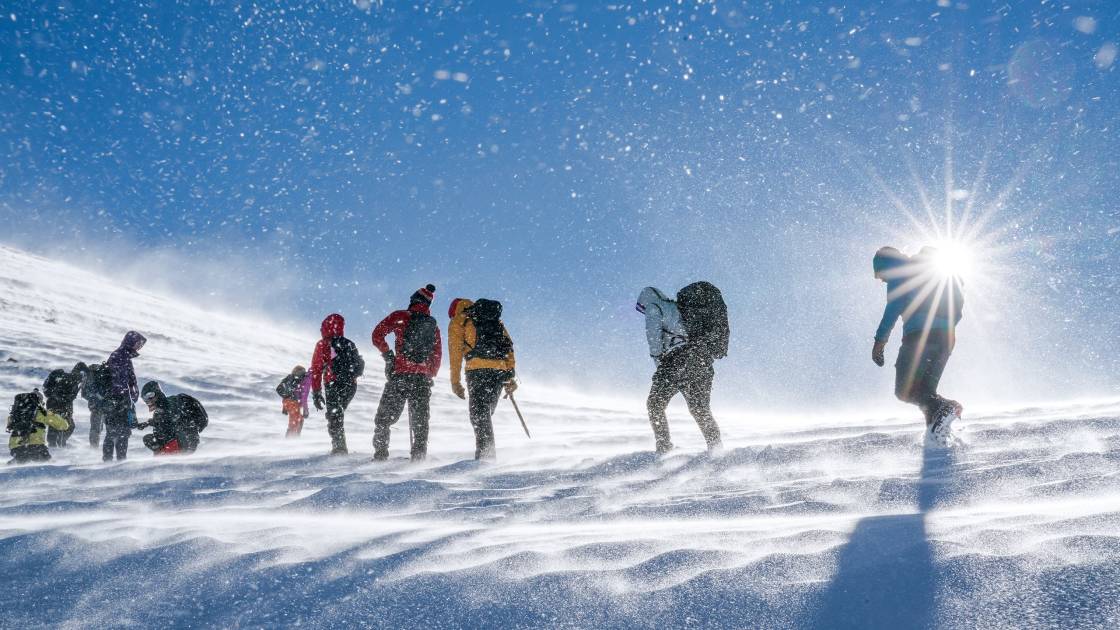
“Some of the best things in life involve getting out of your comfort zone. By choosing an adventure you're choosing uncertainty, to be too hot, too cold, to be tired, to be hungry, to be wondering ‘why on earth am I out here in the rain when I could just be sitting in front of the telly on my sofa?’ The thing is, if we just reside in our comfort zone and stay on the sofa, our life isn't very enriched.
You get that sense of achievement from type two fun. There's the sense of a victory hard won...
“When you leave your comfort zone, and you do something that is challenging and difficult, you don't step back into your comfort zone afterwards - it expands to meet you,” she explains.
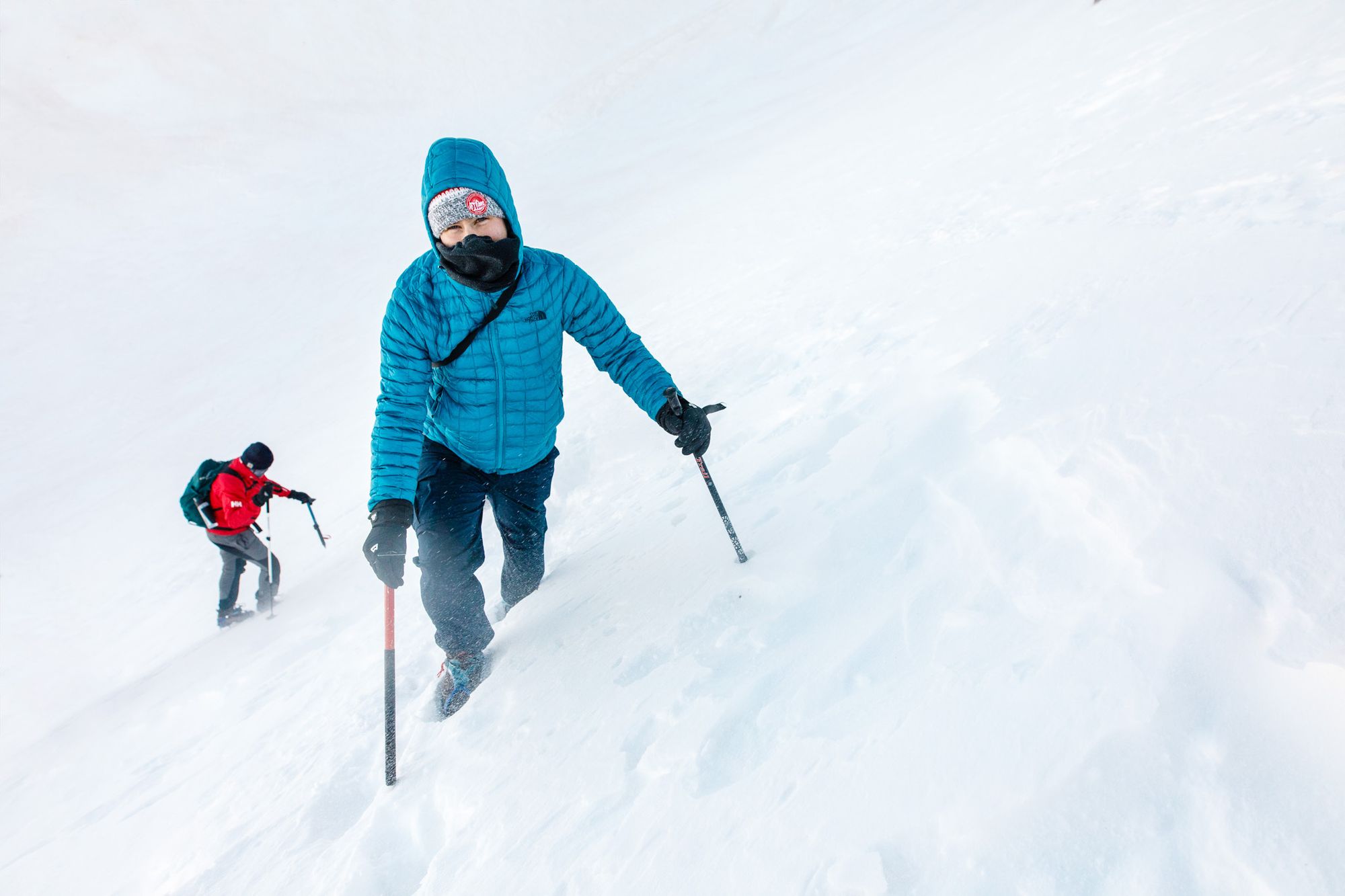
You experience type two fun when you are at the very edge of your limits, both physically and mentally. But pushing through the discomfort is what can lead to increased resilience, greater self-confidence, and a story that will make your friends laugh.
For Mike, the academic concept of ‘edgework’ - which explores the psychological benefits of taking risks - is a helpful way to understand the importance of type two fun.
Some of the best things in life involve getting out of your comfort zone
“Edgework is about balancing the level of skill needed to the level of skill you have. It's about what's going to push you so that you're in a state of learning, but you also have to have moments to actually enjoy it.
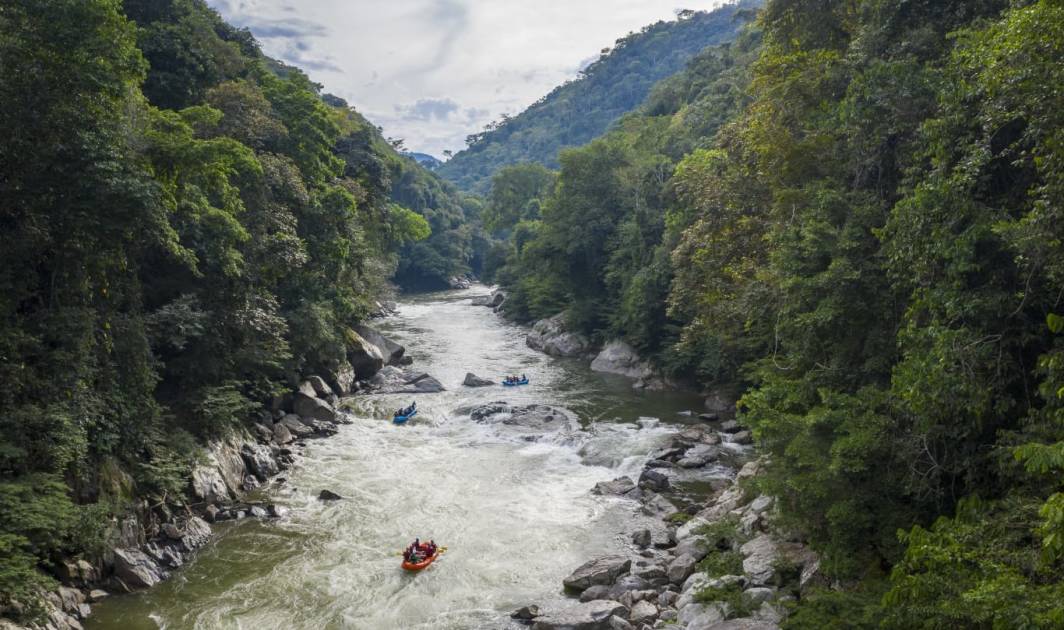
“If you’re in a state of complete fear or complete exhilaration, then at no point are you really going to be able to savour the moment. You need to undulate the experience so there are moments of joy and moments where your focus is more on the act of learning that comes with type two fun. It’s about finding those challenging opportunities that still give you scope to enjoy the journey - because if it's not challenging at all it could be boring,” he says.
How to Make the Most of Type Two Fun
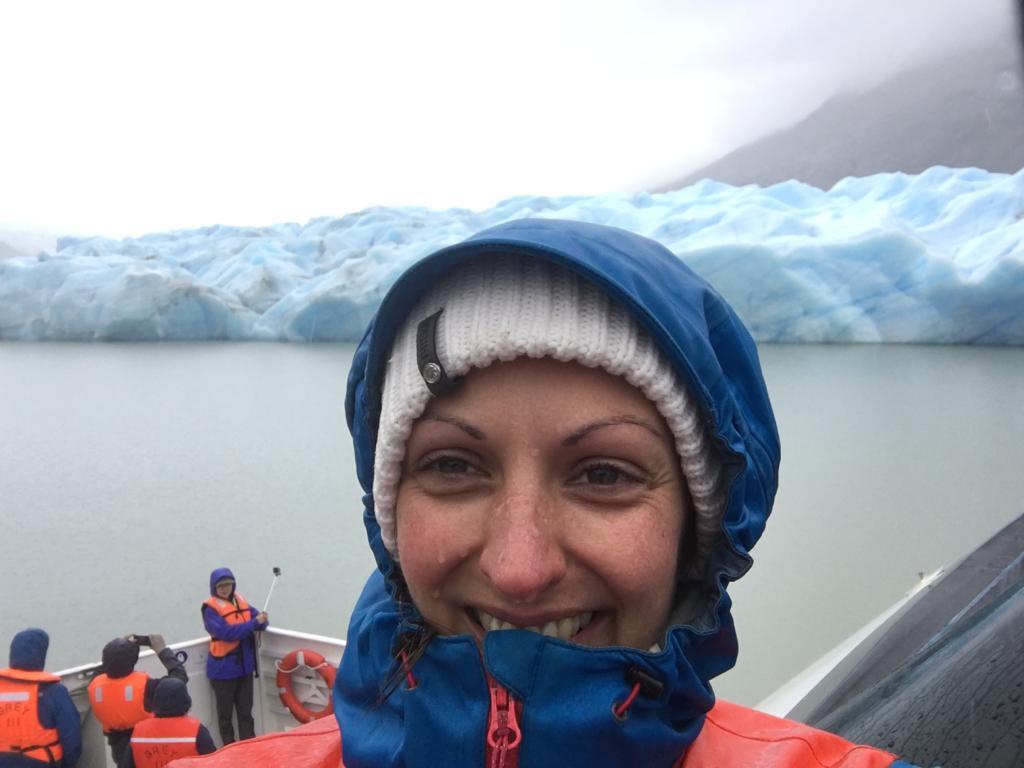
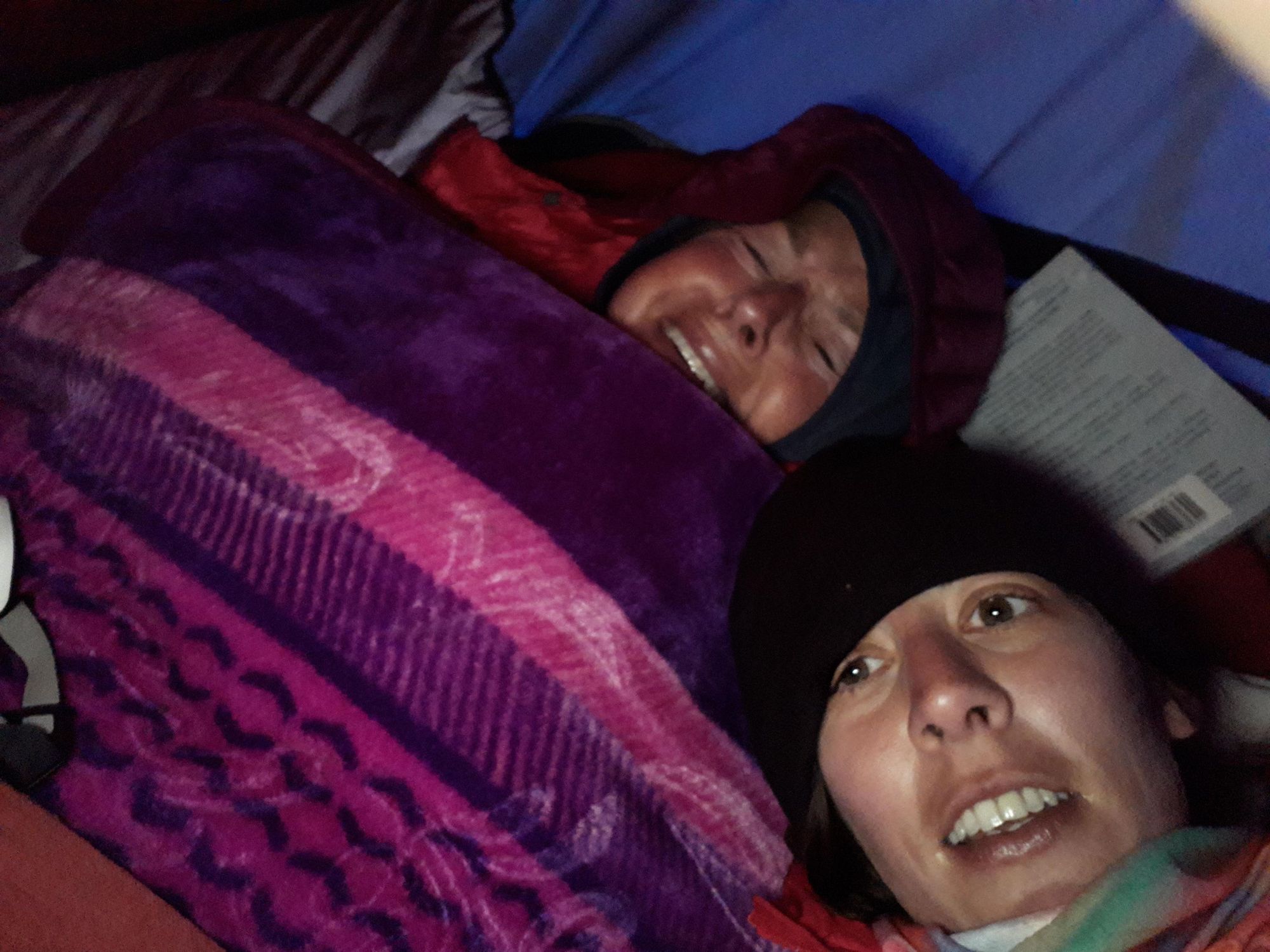
It’s very easy to wax lyrical about the positive benefits of type two fun when you’re warm and comfortable at home. But how do you make the most out of it when you’re actually in it, being buffeted by the wind and rain or walking miles with broken shoes? Belinda believes that approaching these situations with a sense of humour is key.
“I had a day on Dartmoor when it was absolutely pissing down,” she says. “Horizontal rain, total white cloud so you couldn't see any views. Half the team had cancelled before we even set off - so it was just me and four other people. We were just laughing our arses off, thinking ‘this is ridiculous, what are we doing here?’ But we kept walking. It was one of my favourite weekends on Dartmoor. We laughed so much; we became such good friends through doing it.
“When you experience type two fun with other people, you build brilliant relationships. You have to rely on each other to get through that tough bit. You rejoice in it together - it's the sort of thing you remember years later.”
A bad day on Dartmoor is still better than a good day in the office
For Mike, it’s all about the pay-off. He likes to combine his favourite version of type two fun - a challenging hike - with opportunities to “connect with the majestic”, through a spectacular view, or an environment that requires a lot of effort to reach.
“Awe and wonder really allow you to recognise yourself and your presence as insignificant, and you get to really experience it at the spearhead of fun. And it transcends the notion of whether we need to be happy or unhappy, because you're just so connected to something you don't need to attribute meaning to it,” he explains.
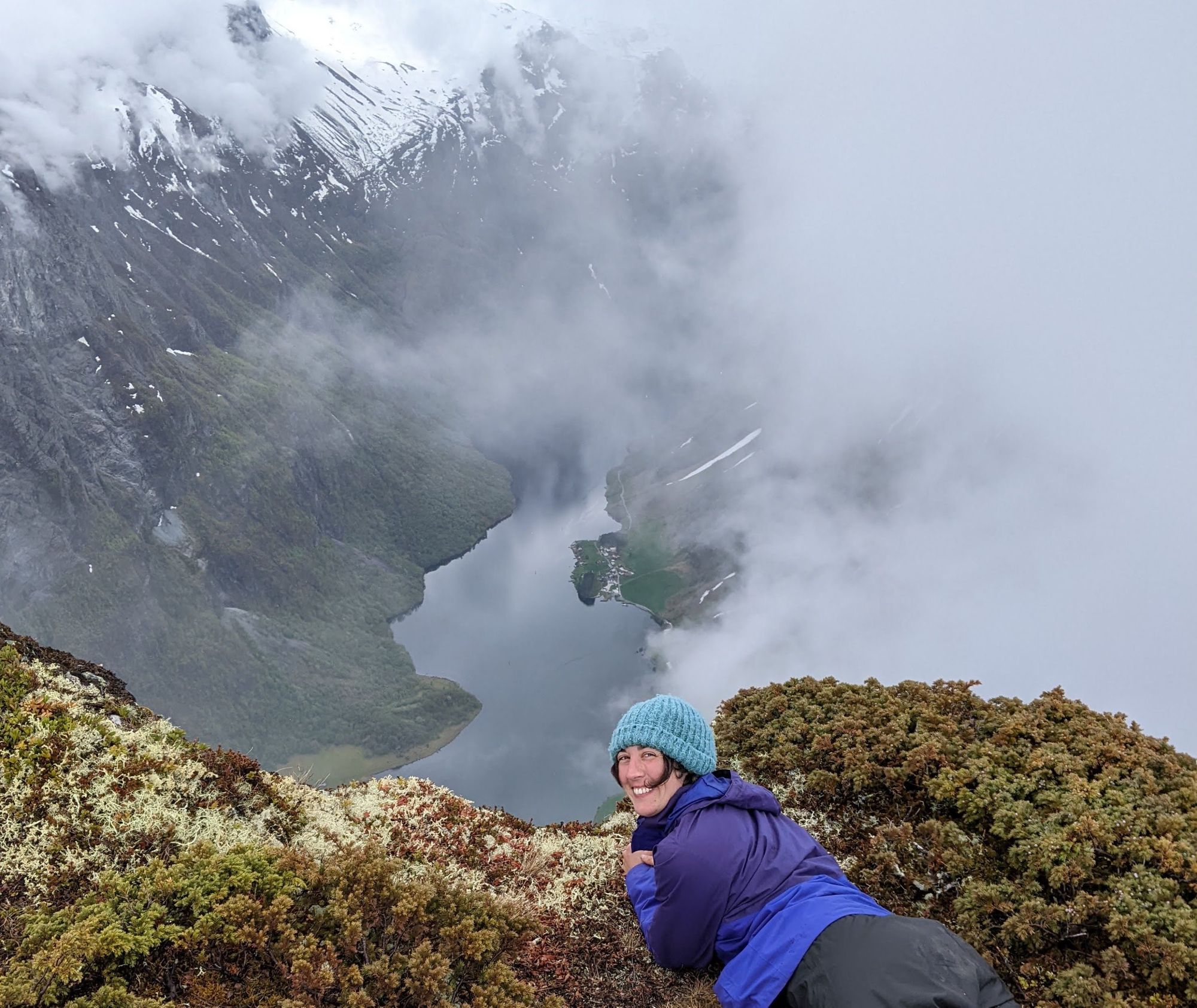
Belinda experienced one of these moments, right in the middle of her elemental walk on Dartmoor.
“There was one particular moment up on this ridge. Suddenly the wind came and blew a hole in the white fog that surrounded us. We could see this beautiful view, almost in a picture frame square. It was magic. 30 seconds later it was all clouded in again - the wind had closed up the gap, we were there trudging away in the white again,” she says.

Finding the positive moments amid the discomfort - the laughter, that one quick glimpse of a spectacular view - is what makes type two fun so meaningful and memorable.
“You need to be in the moment. Perspective is a good thing. Is it really so bad? For me, a bad day on Dartmoor is still better than a good day in the office,” Belinda says.
Feeling inspired? Have some type two fun on one of our epic adventures around the world.


